I had the pleasure of attending two splitboard festivals last season. Highlights included a mellow, fjord-side party wave with 29 international shredders in Norway and a family-style feast in Italy I’ll forever remember. Both were community gatherings that welcomed new splitboarders to the skintrack, forged friendships and connected riders to local ranges, rituals and gear makers.
Our annual split test, in many ways, is diametrically opposed to such events. Split brands are welcome to submit gear, but they can’t sponsor our test or shmooze the crew. And we certainly don’t roll out the red carpet for first timers, relying instead on experienced veterans.
In other ways, test is no different from fest. We forge friendships, in mountains and over meals. We steep ourselves in local culture (shout out Shooting Star Saloon). And we celebrate split gear, demoing piles of it, albeit more critically. But the biggest similarity is simple: We ride, hard as hell, for the love of snowboarding. —Drew Zieff
Categories
Splitboard Boots
Key Equipment Disruptive
keyequipment.com | $699 | 2,510g | 23.5-31
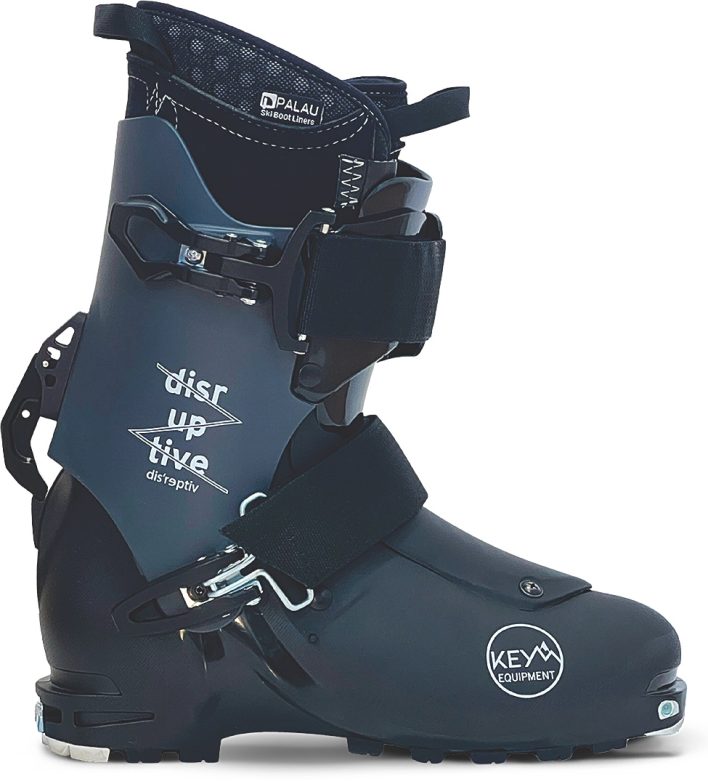
Like King Arthur, hardboot splitboarders have longed searched for the Holy Grail: something that tours like a ski boot but descends like a softboot. And, like the taunting Frenchman in Monty Python’s Arthurian flick, Key Equipment has “already got one.” At least, according to one longtime Disruptive user. “Surfy, dependable at speed and in steeps, responsive, not overly stiff,” he said. “Key Equipment has figured out the formula.”
With a separate lower and upper, the Disruptive features “low-friction pivoting upper cuffs,” per Key Equipment. “I’d vouch for that description,” our tester said. Though he admits it’s far better than any softboot, he added, “My biggest complaint is the limited range of motion in tour mode. Then I’d grouse a
bit about the weight.” The Disruptives are heavier than most DIY hardboots, but our tester admitted, “They’re lighter than my ultrastiff softboots and more fun than cut-up TLT 6s.”
Because the boots are modular, our tester replaced his clapped cuffs and got a new stock liner after spending three years on the Disruptives. “Good as new,” he said. “The original Palau liner lost its plushness quickly, but they’re back to being warm and stiff.”
The flex is designed to mirror a medium-stiffness softboot setup, but Key Equipment offers stiffer tongues to dial in a more aggressive boot. “Where the Disruptives really shine is the lateral flex,” he said. “Other hardboots, especially DIY ones, are impossible to make small pressure adjustments in, which limits them for freestyle or in slow, tight terrain. These perform as close to softboots as it gets.”
Thirty-Two Jones MTB BOA
thirtytwo.com |$700 | N/A | 6-13
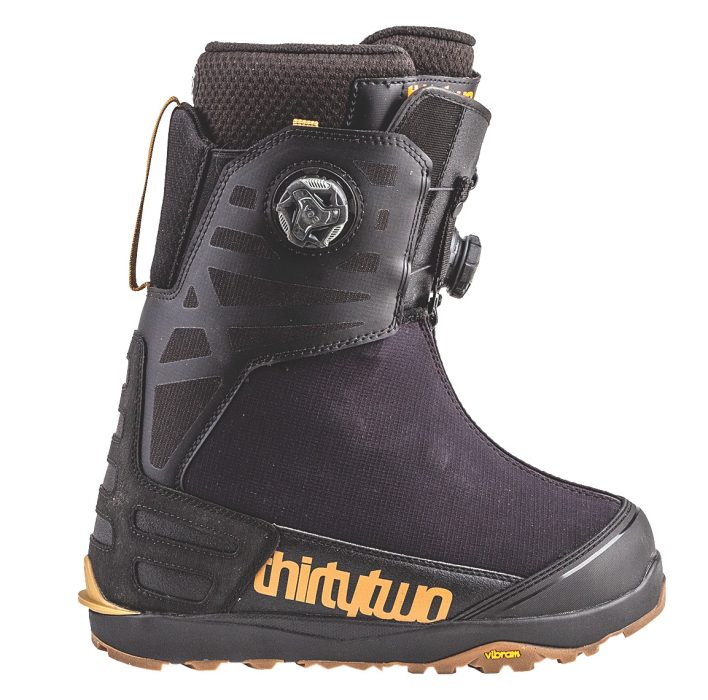
Historically, testers have beefed with the beefy MTB. This year, though, ThirtyTwo revamped the MTB and complaints shrank like a glacier during a heat dome. According to a Sierra guide who’s thrashed MTBs over the years, the update gives freeriders unparalleled traction, extra comfort, a lighter build and reliable lacing. “I’d buy a pair now,” he offered, calling them “one of the best softboot options on the market for progressing freeriders.”
The crampon-compatible Vibram outsole is a touch lighter than previous years and it’s still reliable while scrambling rocky ridges. The stiff, rubber-wrapped toe is as good as softboots get at kicking steps, leading our tester to joke, “The reinforced toe and dedicated heel welt will be there for you as you progress through your AMGA course.” ThirtyTwo updated the walk mode collar, too, to which our Sierra correspondent reported, “Pop the upper Boa, unzip the sleeve and you’ve got a pretty solid walk mode with no bells and whistles.”
Boa’s been a common sticking point in the past, but this year? Not so much. “No issues,” our tester reported, speaking to the durability of the MTB’s TX3 lace. He also appreciated the repurposable eyelets—a plan B if the Boa blows out: “Know- ing you can run a lace if things get weird goes a long way.”
On the descent, he noted, “Heel hold is above average for a splitboard boot, and they’re stiff without being punishing.” Early starts got easier thanks to incredibly smooth entry and exit, “like putting on slippers,” the tester gushed. His sole complaint? The gaiter turned the boot swampy on warmer days.
Splitboard Bindings
Plum SOK
fixation-plum.com | $699 | 980g | O/S
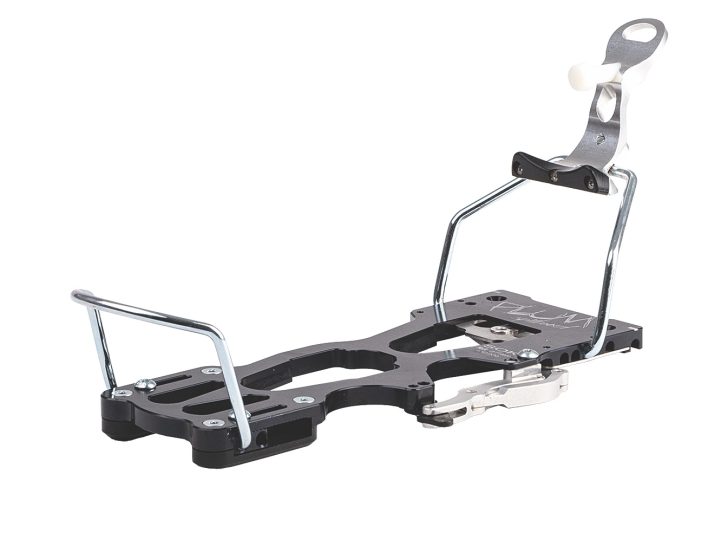
Chamonix-based Plum has brought Europe into the fray for the growing segment of weirdos forgoing softboots. “These have the best downhill performance of any hardboot binding I’ve tried,” said our resident weirdo, who’s on a years-long quest to try all such equipment. “But they come with some serious drawbacks, too.”
A machined aluminum baseplate and toe and heel bails make up the bones of the Sok, which uses a plastic screw on the toe for microadjustments. “The plastic ledge on the toe bail seats easily and securely,” our Teton tester said.
The Sok stands out from other hardboot bindings in the attachment to the board. Six pieces and 10 screws create a two-piece mounting plate. “You need an engineering degree to set it up,” our tester complained. Once set up, it uses a lever on the binding to clamp the plate, cinching together the splitboard halves.
“The ride quality is unparalleled and gave me a ton of confidence,” our tester said. Another tester familiar with Plum’s locking system said he struggled mightily with it on an Arctic sojourn, so ease-of-use results vary. The lever’s plastic locking clip held up this spring, our Teton tester said, but it seems flimsy, so buy and carry a backup because the bindings can’t work without it.
Boot sole length adjustability was simple, and Plum says the range is 270 to 330 millimeters. At 980 grams per pair plus the beefy mounting plate, they are perhaps the heaviest hardboot option out there, but the descent quality made our tester forget all about that.
Spark R&D Surge ST
sparkrandd.com | $489 | 1,378g | XS-L
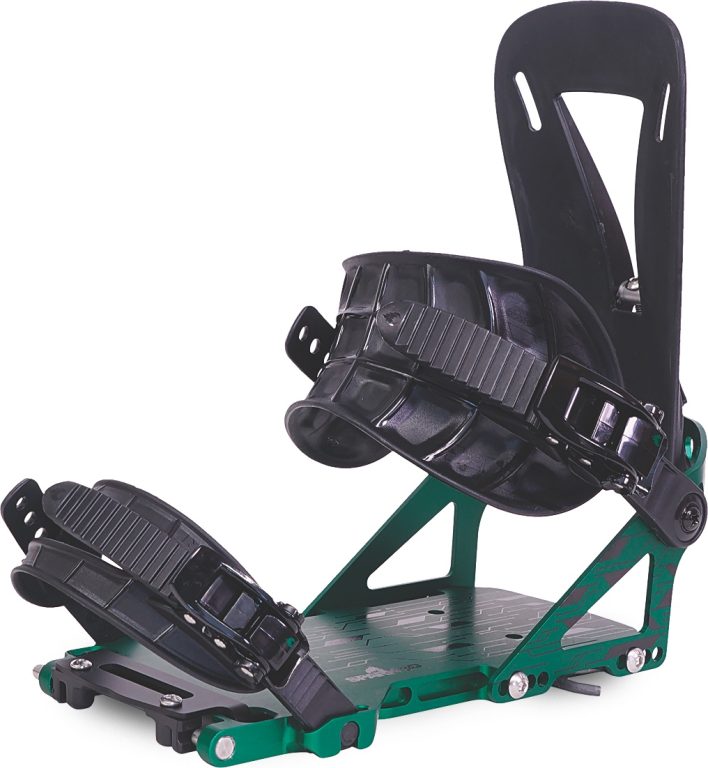
Nothing rains on a powder parade like busted bindings. Are you’re a full-throttle freerider who’s tough on your equipment? A tester who breaks things recommends checking out Spark’s Surge ST, the Bozeman binding titan’s stiffest and most durable option.
“I’m really hard on my gear, and I’ve broken several pairs of split bindings,” lamented a Teton tester. “These hold up better than any pair I’ve had.” That durability comes from a solid metal baseplate, which is stiffer and tougher than the skeletal baseplate of the Arc ($459), the Surge’s more approachable little brother. The Surge’s asymmetrical highbacks are also more rigid and the ankle straps beefier. The resulting binding isn’t just more durable—it’s more responsive. “Great power transfer in committing terrain,” raved our Teton tester, although he advises cruisy or playful riders to turn toward the Arc.
His biggest qualm? Minimal damping. Unsurprising, as Spark’s baseplates are cushion-free. That said, you can upgrade with an aftermarket baseplate padding kit ($25). “The padding kit foam is firm enough that you don’t lose noticeable power on the uphill, but you gain joint-saving suspension,” recommended a Tahoe airtime addict.
As usual, Spark gets kudos for its straightforward puck interface, which testers found easy to install, operate and tweak as needed in the backcountry. Testers appreciated the recent ST (short for Smooth Touring) updates, a thermoplastic sheathing of touring bushings and risers. “The tech reduces friction on the ascent and makes it easier to flick your risers with your pole. Once you go ST, you can’t go back,” reported our Tahoe tester.
Published here are 4 of 12 splitboard boots and bindings we reviewed in our 2025 Gear Guide. To check out the comprehensive range of boots and bindings we wrote about pick up a copy of the 2025 Gear Guide, available in print and PDF versions.
*Affiliate link disclaimer:
At Backcountry Magazine, we are committed to providing you with honest and informative gear coverage. To support our work and continue delivering quality content, we are including affiliate links in our reviews. Partnerships with retailers are separate from coverage, ensuring that our reviews remain unbiased. These links help us earn a small commission if you make a purchase through them, at no additional cost to you.


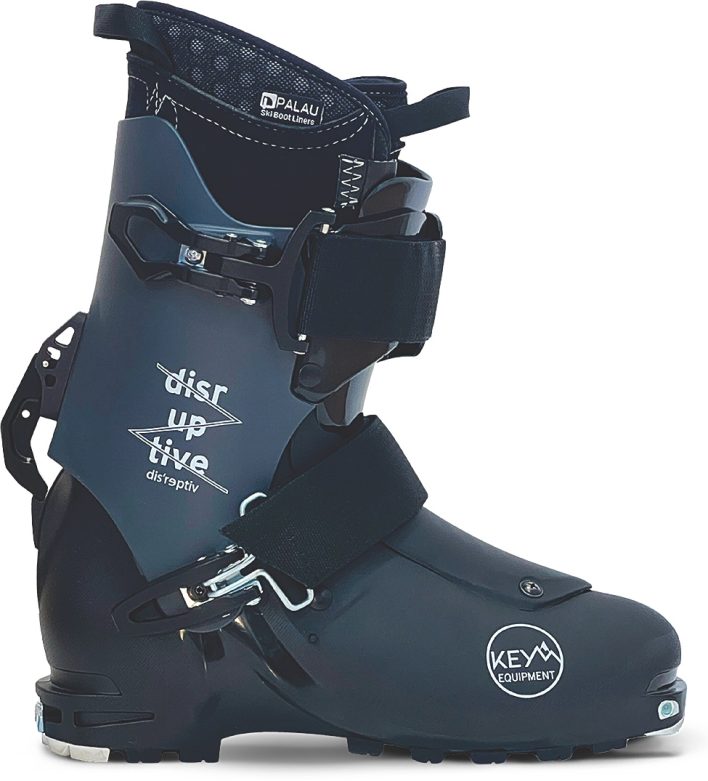
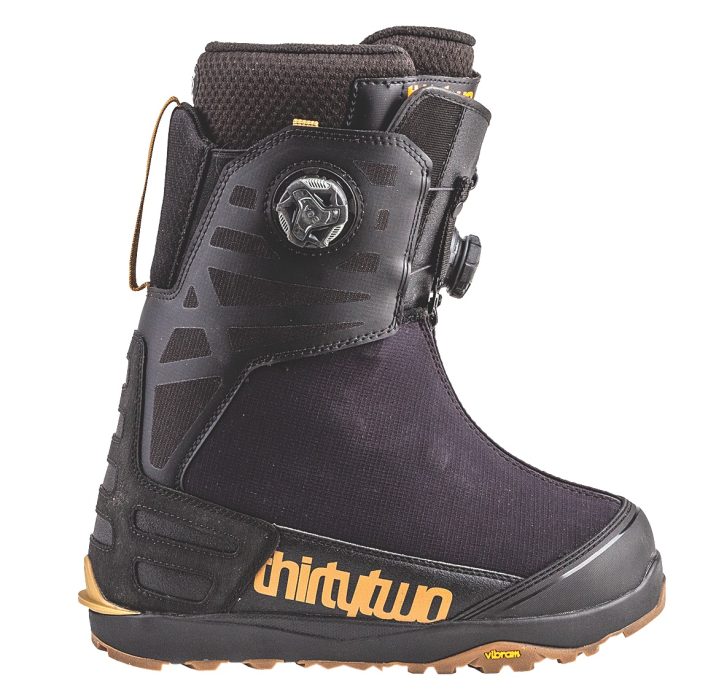
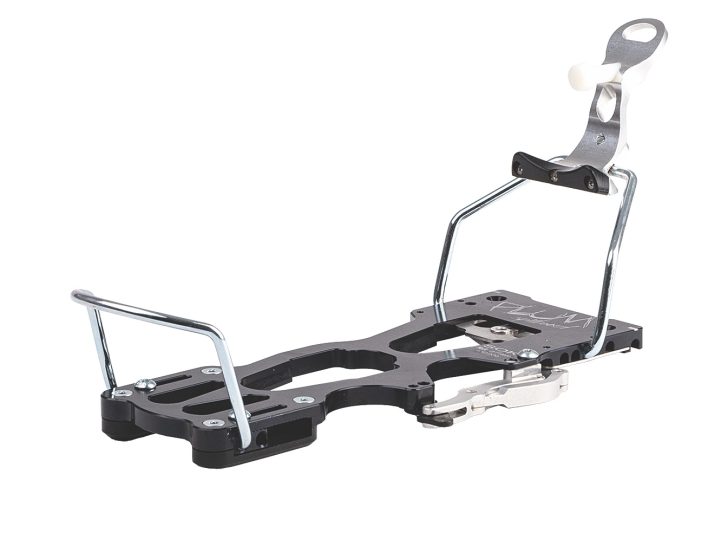
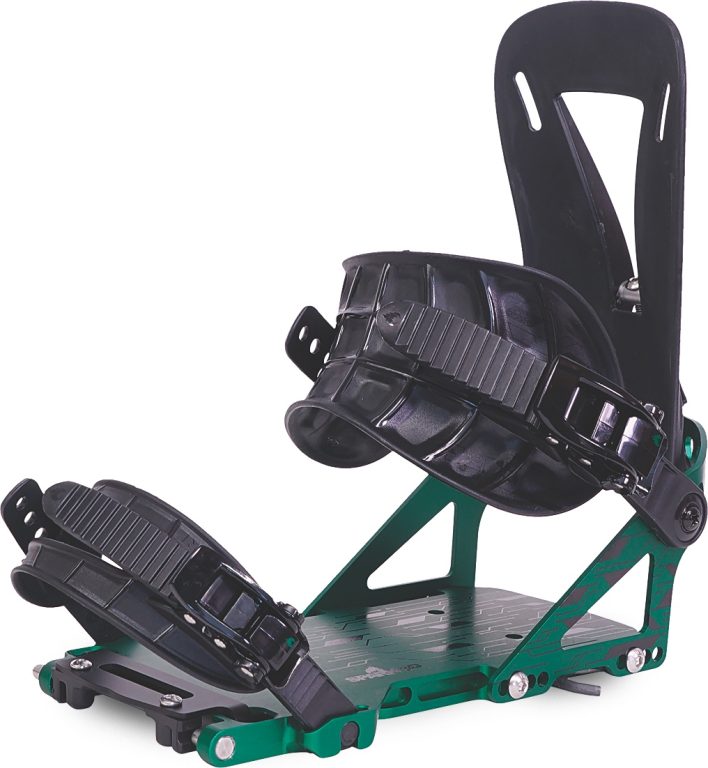







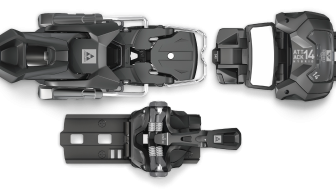

Related posts:
Blizzard Zero G 105 Skis
2020 EDITORS’ CHOICE AWARDS: SKIS 105-108 MM
2014 Editors’ Choice Awards – Snowboards
2025 Editors' Choice Ski Binding Reviews